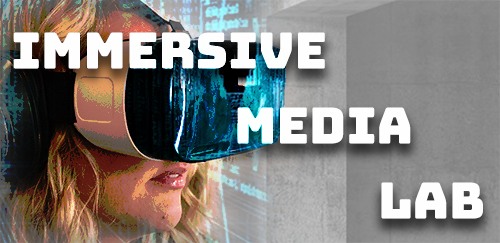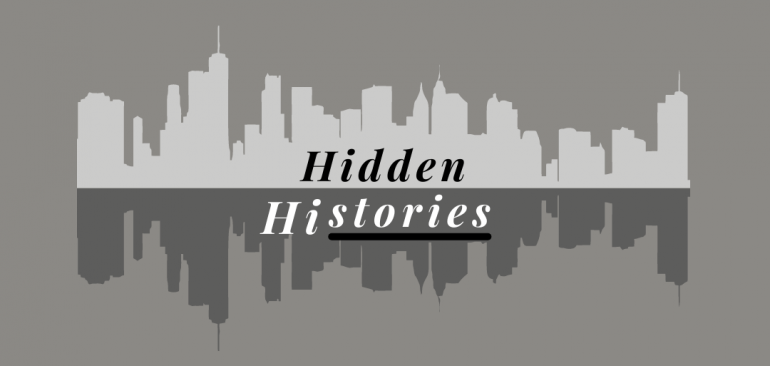Following the past two years of the pandemic, during which travelling has been brought to a halt, trends that may arise as identified by Lonely Planet after this hiatus includes responsible travel and self-guided tours.
This is where Hidden Histories, an augmented reality (AR) travel experience, comes in. Hidden Histories comes in the form of an application and aims to create an alternate tourist experience to educate tourists, both domestic and international, on native communities of destinations and simultaneously support them. This hopes to create a more ethical and responsible way of travelling.

Ideally, Hidden Histories will be available in several cities internationally. Specifically, popular urban destinations with a history of natives being overtaken through processes such as gentrification or colonisation, leading to the present-day cityscape.
It is similar to pre-existing self-guided tours loaded onto loaned devices, such as those you get at tourism sites of interest, but enhances the user experience with AR. For Hidden Histories, the application will be installed into devices that will be loaned out to users, to preserve the novelty of the experience rather than allowing them to use their own devices.
The application will invite users to follow paths around the city, learning about its ‘hidden’ past through story-like audio commentary based on actual native’s accounts in the application’s avatars, and visual overlays on the built environment. It makes use of image-tracking technology for users to interact with their environment and progress with the application’s features (detail below).
The unique selling point of Hidden Histories is that unlike typical historical tours, it will include and introduce local, native-owned businesses as sites of interest along the tour paths, where possible.
Lastly, to authenticate the experience, Hidden Histories’ production will focus on human-centered design. Consultations and partnerships with local organisations that work with and champion the native communities will be carried out.
User Flow Diagram (1 site)
Below is a detailed user flow diagram of the application, focusing on the process of getting to one site (Figure 1) and the end of the experience (Figure 2). In the events that take place between those in figure 1 and 2, it will be of other sites on the tour path, repeating the events in figure 1 except with sites 2a, 3a and so on. This is the same for the local business sites.
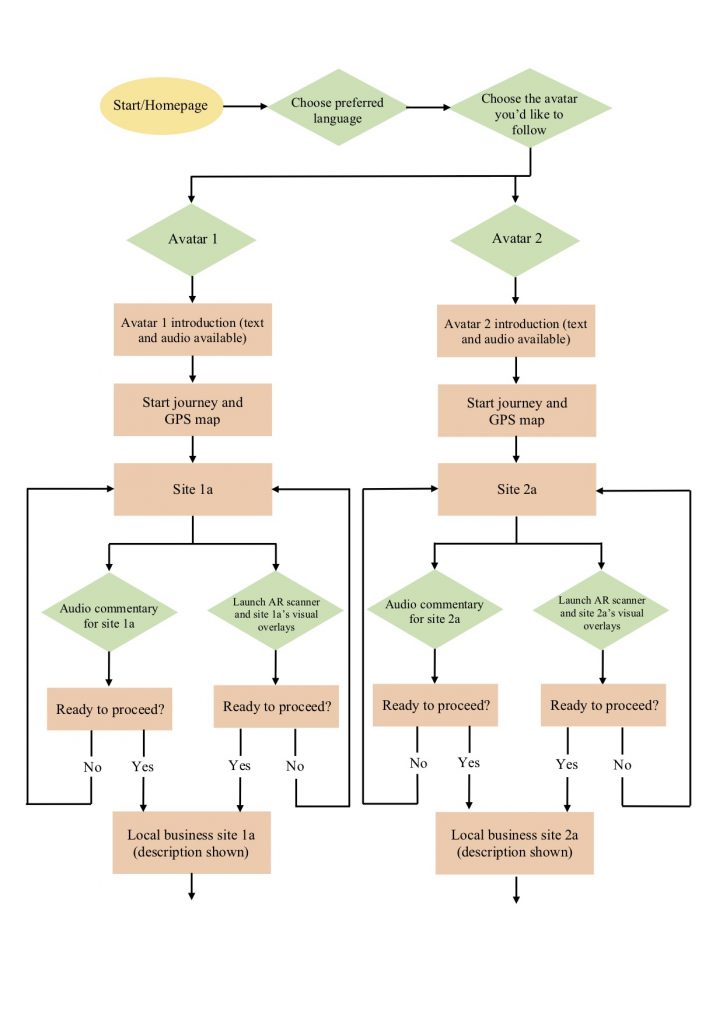
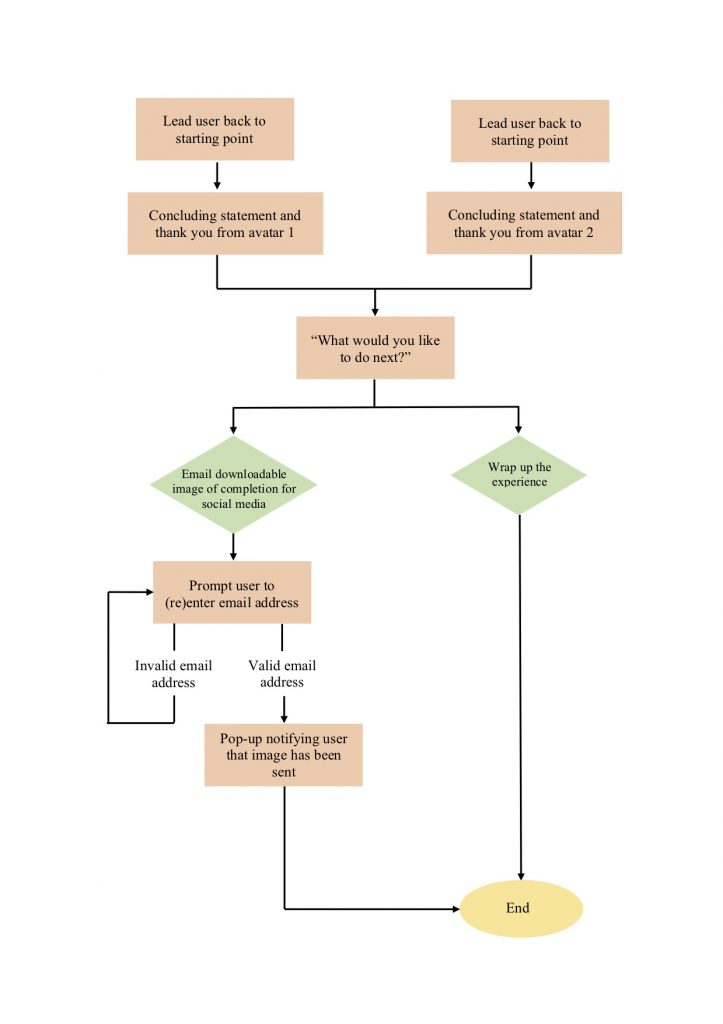
Marketing/promotion: The marketing of the application relies partly on this end of experience portion. The users will be given the option to email themselves an image of tour completion, for social media posts. The end screen will also encourage users to share snapshots and reviews of the experience with the hashtag #HiddenHistoriesAR, and tagging the official social media accounts of Hidden Histories.
Storyboard sequence
Below is a short sequence (figures 3 and 4) showing the potential user’s experience, specifically when the user is choosing the audio commentary option at site 1.
In this example, site 1 is identified as 5 Pointz – an actual place in New York affected by gentrification – and the avatar chosen by the potential user is called Janice.
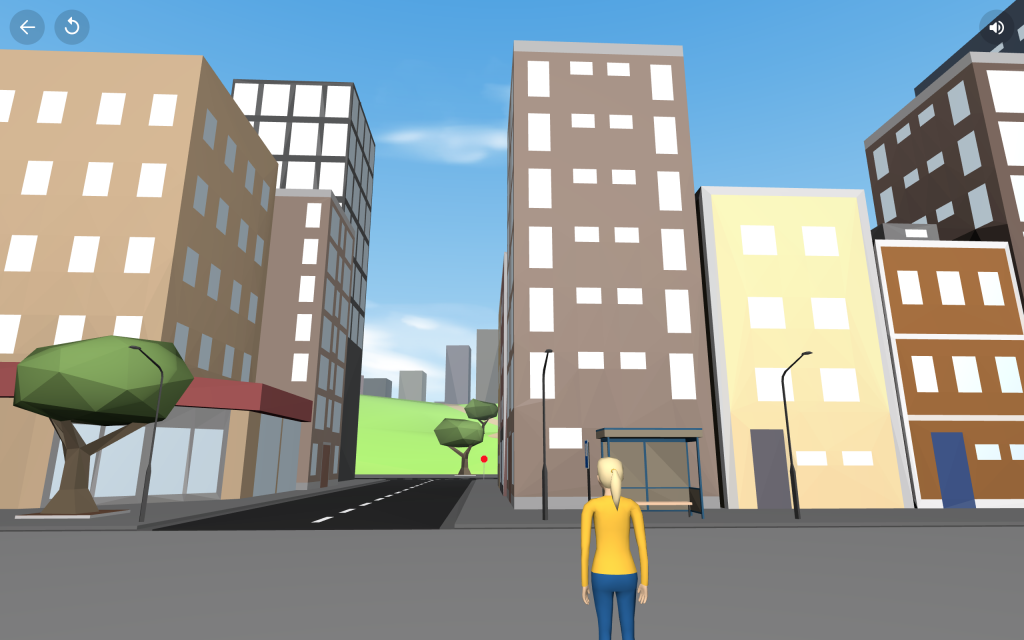
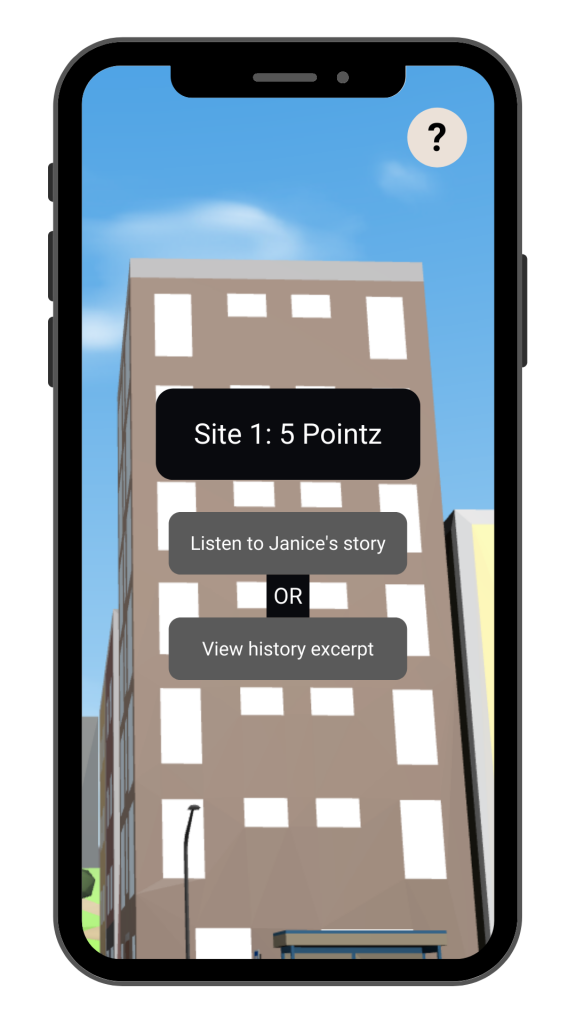
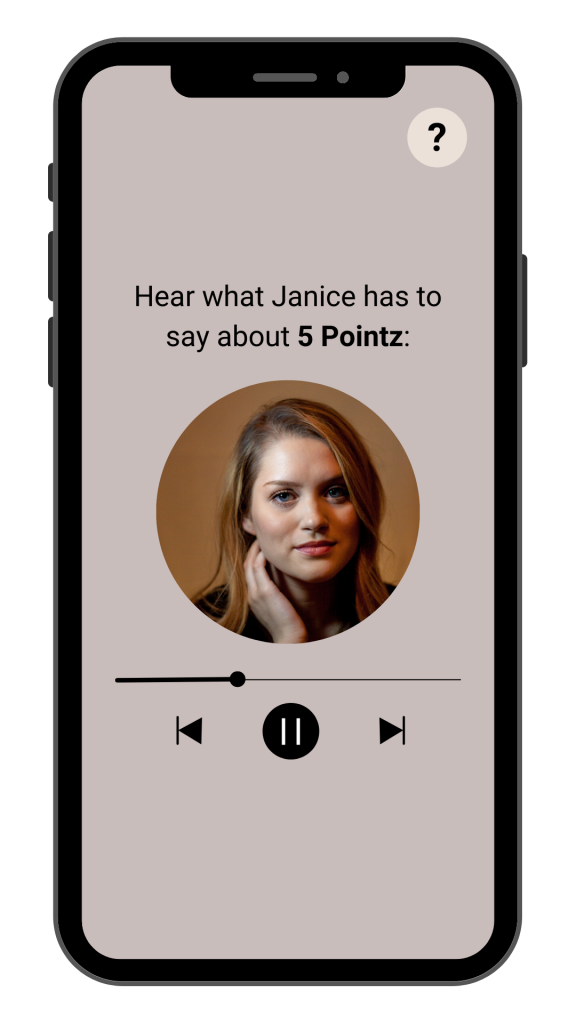
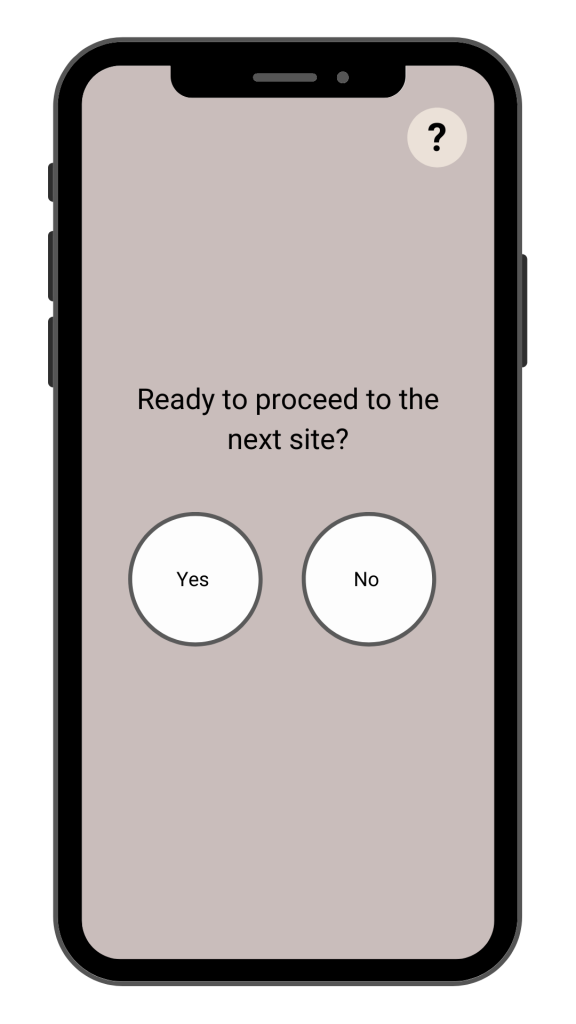
Figure 4: Series of screen mock-ups to show the pages that the user sees when they choose to listen to the avatar’s (Janice) audio commentary.
The first mock-up shows the purpose of image-tracking technology in the application, to launch the options for the user at the site. Here, the user is using the phone to scan site 1.
*The question mark button seen in the top right hand corner of the screens are a help/instruction button for users to tap, in case they are unsure of what to do or what the page is asking of them.
